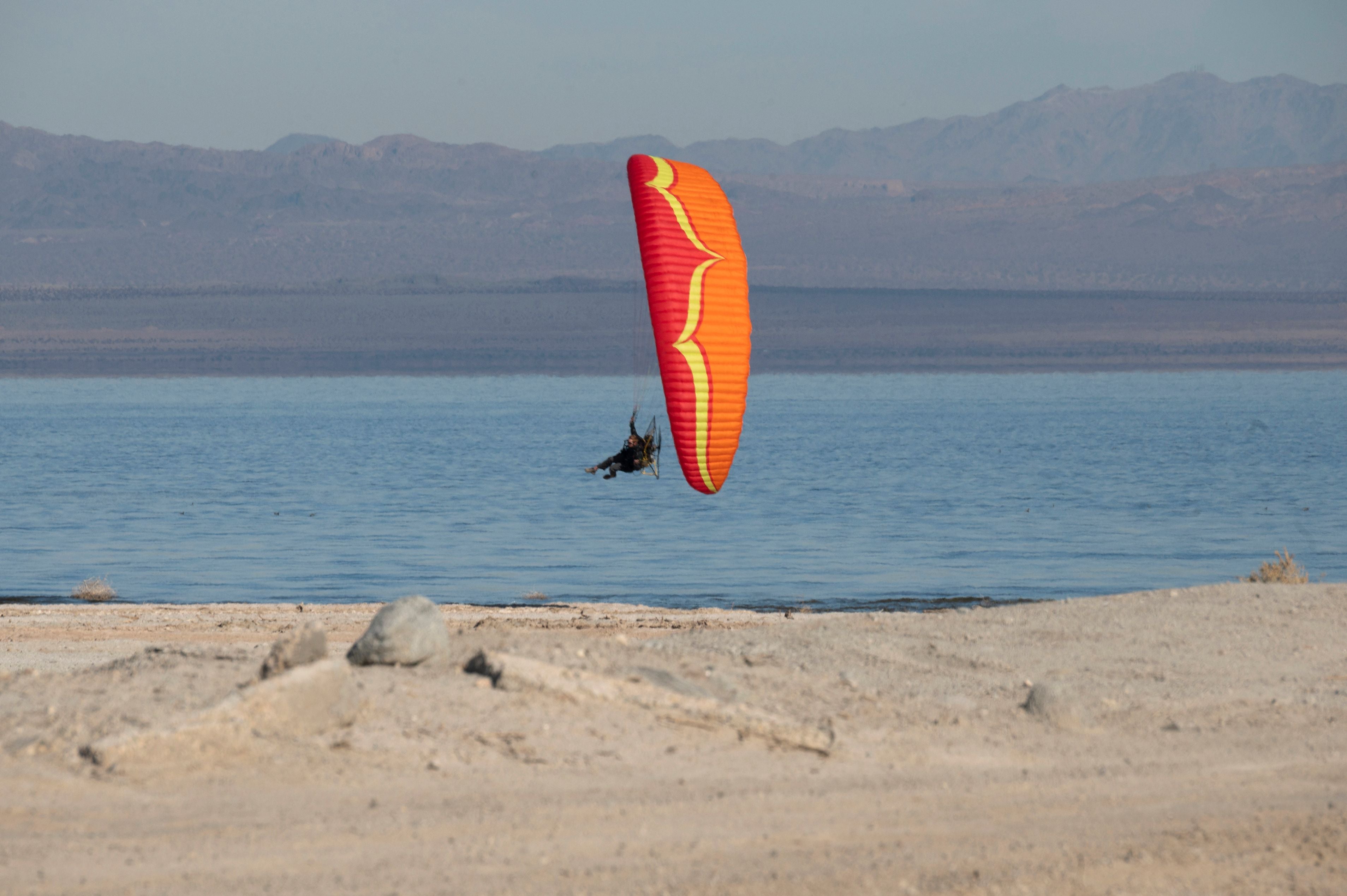Scientists solve the big one: Why the San Andreas fault is sleeping
‘This earthquake will happen eventually — probably sooner rather than later — no matter what we do,’ seismologist says
Your support helps us to tell the story
From reproductive rights to climate change to Big Tech, The Independent is on the ground when the story is developing. Whether it's investigating the financials of Elon Musk's pro-Trump PAC or producing our latest documentary, 'The A Word', which shines a light on the American women fighting for reproductive rights, we know how important it is to parse out the facts from the messaging.
At such a critical moment in US history, we need reporters on the ground. Your donation allows us to keep sending journalists to speak to both sides of the story.
The Independent is trusted by Americans across the entire political spectrum. And unlike many other quality news outlets, we choose not to lock Americans out of our reporting and analysis with paywalls. We believe quality journalism should be available to everyone, paid for by those who can afford it.
Your support makes all the difference.Scientists believe they may have found a reason why the San Andreas Fault, the largest seismic hazard in California, has been dormant for more than three centuries.
The average timespan between earthquakes over the course of the last millennium has been about 180 years.
Seismologists think that the Golden State is due for a massive quake, referred to as “the Big One” – but a number of researchers published a paper in the journal Nature on Wednesday that outlines an answer as to the long stretch of stability along the southern San Andreas, where the North American and Pacific tectonic plates meet.
The paper states that while the friction between the plates is the main force behind earthquakes, other things matter as well, such as the weight of major bodies of water. The researchers connected large quakes taking place to the filling of a lake where water levels have increased and decreased over hundreds of years.
San Diego State University and Scripps Institution of Oceanography PhD candidate Ryley Hill told The New York Times that “We are not trying to predict any earthquake that is going to happen in the future, but we might be able to say why we haven’t had one in the last 300 years”.
The authors of the paper discovered that large earthquakes along the fault usually occurred when Lake Cahuilla was filling up or was full of water from the Colorado River in the Coachella and Imperial Valleys.
Lake Cahuilla was a prehistoric lake in northern Mexico and California. It disappeared around 1580, according to World Atlas.
What now remains is the vestigial Salton Sea after the draining of the lake. The researchers think the lake emptying and finally disappearing may have led the fault to stabilise.

Seismologist Lucy Jones, who didn’t take part in the study, told The New York Times that it’s a “plausible reason for the current long interval since the last earthquake” but she added that the paper “does not make me want to say don’t worry about the next one”.
But scientists also say that one of the effects of the long period of stability is that more tension has accumulated as the plates have moved away from each other.
US Geological Survey research geologist Belle Philibosian told the paper, “It’s accumulated a large amount of energy analogous to a taut rubber band. We should be anticipating that the rubber band could snap at any time”.
A major earthquake is defined as having a magnitude of seven or more. In 1994, the 6.7 magnitude Northridge earthquake in Los Angeles killed more than 70 people and caused $20bn in damage.
It came from one of the many faults in the San Andreas system, but not the main fault, which is the longest in the state and may lead to a much worse outcome.

Getting more water into the Salton Sea to deal with the toxic dust from the dried sea floor may lead to seismic activity as the water level changes.
Dr Philibosian told The New York Times that “This earthquake will happen eventually — probably sooner rather than later — no matter what we do”.



Join our commenting forum
Join thought-provoking conversations, follow other Independent readers and see their replies
Comments